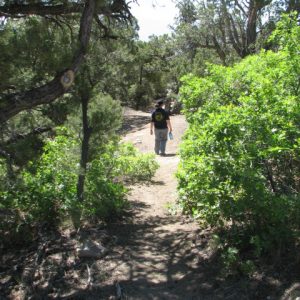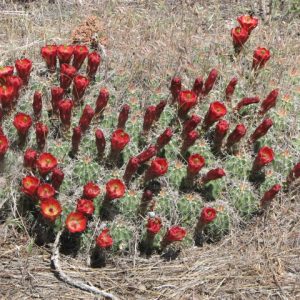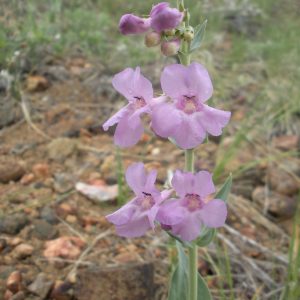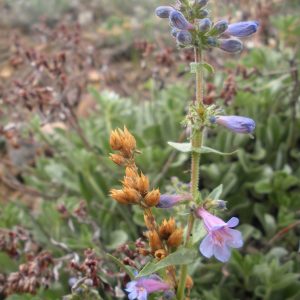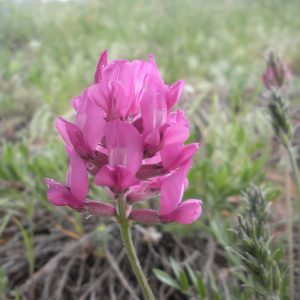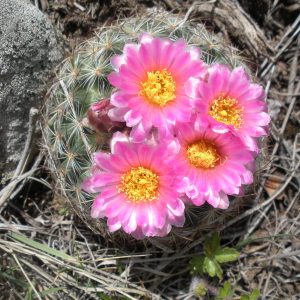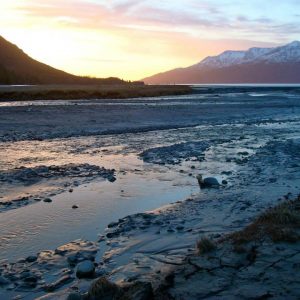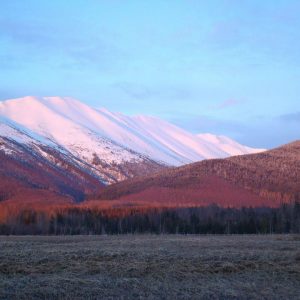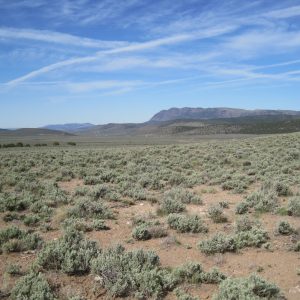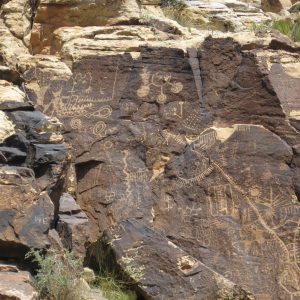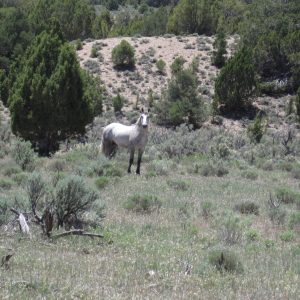From St. George to Cedar City, the final one hour stretch in my drive from San Diego, California to Cedar City, Utah, I couldn’t help but draw landscape level comparisons between what I was seeing, and the high desert sagebrush habitats of the Eastern Sierra, an area I became familiar with during the many family vacations to the Mammoth Lakes in my youth. Both areas occur within the outskirts of the Great Basin Desert. Mammoth Lakes lies within the western border of the Basin; Cedar City, the eastern border. I remind myself to tune in, there will be differences.
And there are. From a landscape perspective, the Cedar City field office (and Great Basin Desert in general) lacks Creosote Bush (Larrea Tridentata), a resilient, slow-growing shrub which dominates the Mojave and Sonoran desert. The forbs beginning to expose their flowers to the Spring sun, though similar in their resilient strategies to survive in harsh conditions, display tweaks in color, pattern, and shape. However, during my first two weeks in Cedar City, I have realized the most apparent difference isn’t the view, but culture and society. I’m a California boy living in the desert of Utah.
Because my mentor went on leave two days after my internship began, these first two weeks have been disjointed, yet helpful. Disjointed, in that my work schedule has been in constant flux, subject to daily revision. Helpful, in that my fellow intern and myself have been assigned to various employees in need of assistance, exposing the wide variety of positions housed within the BLM. Each employee has their own set of management issues, and with it, personal opinions about public land, derived from their experiences.
As expected, the first week of work was devoted to training and protocol. Meeting the employees of the office, becoming familiar with the computer system, receiving safe-driving and 4X4 training certification, and driving around the field office to familiarize ourselves with the surroundings. On the last day of the first week, I accompanied a wildlife biologist and forester out to a habitat restoration project, Blawn Mountain. We stopped at various points, areas where the forester wanted to remove Pinyon-Juniper encroaching upon functional sagebrush habitat. Interestingly, the discussion between the biologist and forester focused less on where the restoration would occur, but moreso the methodology on how it was going to be conducted (lop-and-drop, bull hog, chaining), taking into account cost and resulting habitat functionality.
This following week has been more field oriented, comprised primarily of time spent assisting in listed bird species surveys and recreation site monitoring/construction. Upon reading the protocol for the two avian species to be surveyed, it was apparent how much time, research, and coordination must be necessary to create a suitable survey format, taking into account constantly changing biological knowledge about the species gathered by numerous agencies in various geographic locations. Everything is tailored to the species, for example, surveying the Southwestern willow flycatcher involves arriving at the site before the sun rises, and for the Mexican spotted owl, arriving just before the sun sets. Though no flycatchers were located in the riparian area we surveyed, feeling the warmth of the dawn sun as it peaked over the hills, accompanied by the increasing volume and seemingly manic chorus of bird calls was reward enough. After the flycatcher survey, I had the privilege of taking part in a shareholder meeting regarding public safety and interpretive improvements of Parowan Gap, a site of major cultural and architectural importance due to the many petroglyphs left by various native tribes, who have traveled through the Parowan Valley over thousands of years. I found the discussion fascinating, in that each party had their own set of motives and concerns about the project. The process helped me to understand the complicated nature of management issues, and reinforced the fact that the even the best solution cannot satisfy all those involved. Tonight, I look forward to the nocturnal nature of the owl survey, but am a bit concerned about the survey location, in that I have been warned by a few field office employees that it is an area chocked full of rattlesnakes. Two days this week have been spent in the field assisting the Recreation Technician to monitor, maintain, and improve various BLM recreation sites. This is maintenance work; digging post holes for signs and fences, hiking in to monitor remote wilderness study areas, mixing cement to build platforms for fire pits, among other labor intensive duties. I couldn’t help but note the sense of pride the technician derives from his work, and understand the reward felt after a long day of putting the body to work, in the name of serving the recreational needs of the general public on their own land.
In just these two weeks, I have come to the conclusion that taking part in this internship was the right choice. From a professional prospective, I will be gaining the experiences and knowledge necessary to help propel myself onto a career path involved in the natural sciences. Personally, I have and will continue to meet people with backgrounds, values, and opinions different than myself. These experiences will continually open my mind to see society in a more informed way than I previously have.
- Firecracker Penstemon – Penstemon eatonii
- Descent from Rocky Mountain Trail – Three Peaks Recreation Area
- Great Basin Collared Lizard – Crotaphytus bicinctores
- View from Rocky Mountain – Three Peaks Recreation Area
- Mojave Mound Cactus – Echinocereus triglochidiatus


